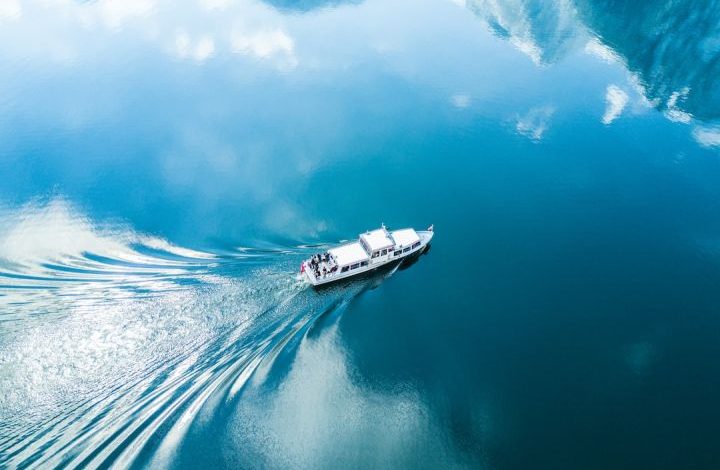How to Ensure Your Boat Is Seaworthy?

Owning a boat is a dream for many adventure enthusiasts. Whether you enjoy fishing, cruising, or simply relaxing on the water, having a seaworthy boat is essential for a safe and enjoyable experience. In this article, we will explore some important steps you can take to ensure your boat is seaworthy.
Regular Inspections
The first and most crucial step in ensuring your boat is seaworthy is conducting regular inspections. This should include a thorough check of the hull, engine, electrical systems, and safety equipment. Inspect the hull for any signs of damage, such as cracks or leaks, and make any necessary repairs. Check the engine and electrical systems to ensure they are functioning properly, and replace any worn-out parts. Additionally, inspect the safety equipment, such as life jackets and fire extinguishers, to ensure they are in good condition and easily accessible.
Proper Maintenance
Apart from regular inspections, proper maintenance is essential to keep your boat seaworthy. This includes routine tasks such as cleaning the boat after each use, flushing the engine with freshwater, and applying a protective coating to the hull. Regularly servicing the engine and other mechanical components is also crucial to prevent breakdowns and ensure smooth operation on the water. It is advisable to follow the manufacturer’s recommendations for maintenance, including oil changes, filter replacements, and belt inspections.
Navigation and Communication Systems
A seaworthy boat should be equipped with reliable navigation and communication systems. These systems are essential for safe boating, especially when venturing into unfamiliar waters. Make sure your boat is equipped with a GPS or chartplotter to accurately navigate and avoid potential hazards. A marine VHF radio is also crucial for communication with other boaters and the coastguard in case of emergencies. Regularly check these systems to ensure they are in good working condition and familiarize yourself with their operation.
Safety Equipment
Ensuring your boat is equipped with the necessary safety equipment is paramount for seaworthiness. This includes life jackets or personal flotation devices (PFDs), flares, a first aid kit, and a throwable flotation device. The number of life jackets should match the number of passengers on board, and they should be easily accessible in case of an emergency. Flares should be checked for expiration dates and replaced if necessary. Additionally, consider carrying a fire extinguisher, an emergency whistle, and a signaling mirror for extra safety.
Weather Awareness
Being aware of weather conditions is crucial for boating safety. Before setting sail, check the weather forecast for your area and be prepared for any changes that may occur while you are on the water. Strong winds, storms, or fog can make boating dangerous, so it is important to avoid risky conditions. If you are unsure about the weather or if conditions deteriorate while you are on the water, it is always best to err on the side of caution and return to shore.
Conclusion: A Safe and Enjoyable Experience
Ensuring your boat is seaworthy is essential for a safe and enjoyable boating experience. By conducting regular inspections, maintaining the boat properly, and equipping it with the necessary safety equipment, you can minimize the risks associated with boating. Additionally, staying aware of weather conditions and following safe boating practices will further enhance your safety on the water. Remember, investing time and effort into ensuring your boat is seaworthy will not only protect you and your passengers but also contribute to a lifetime of enjoyable boating adventures.
